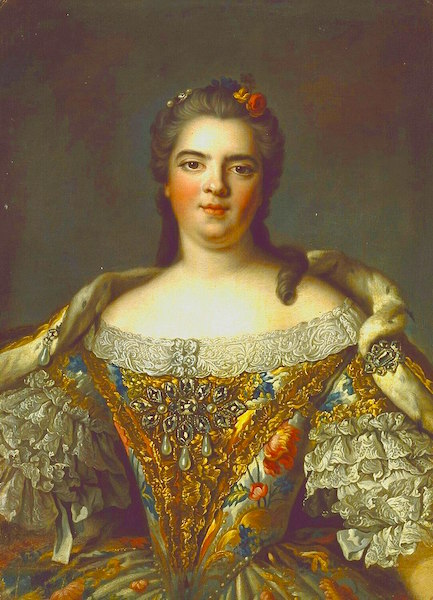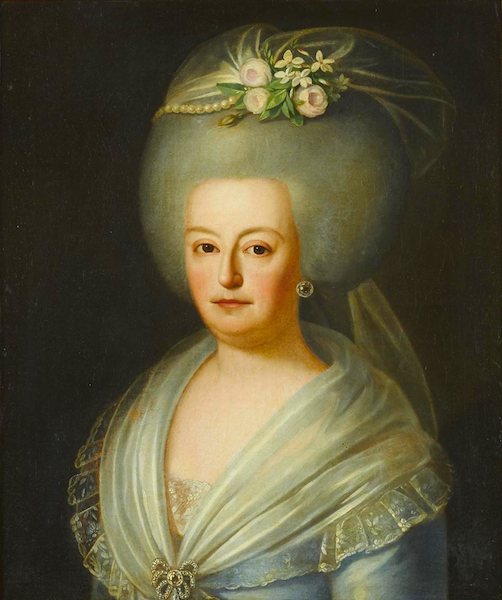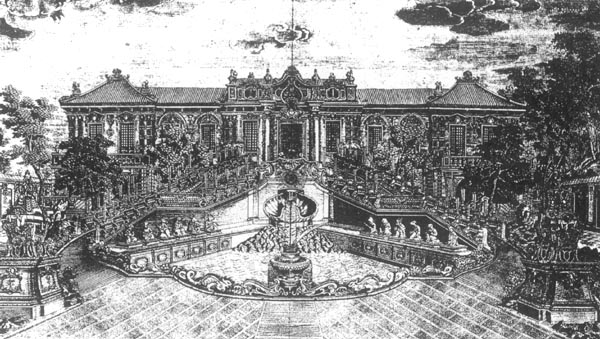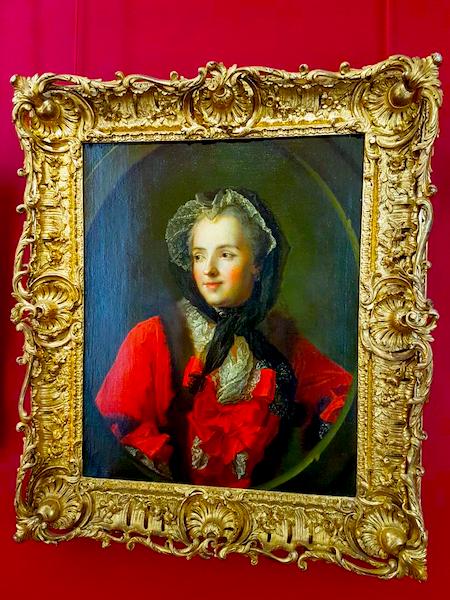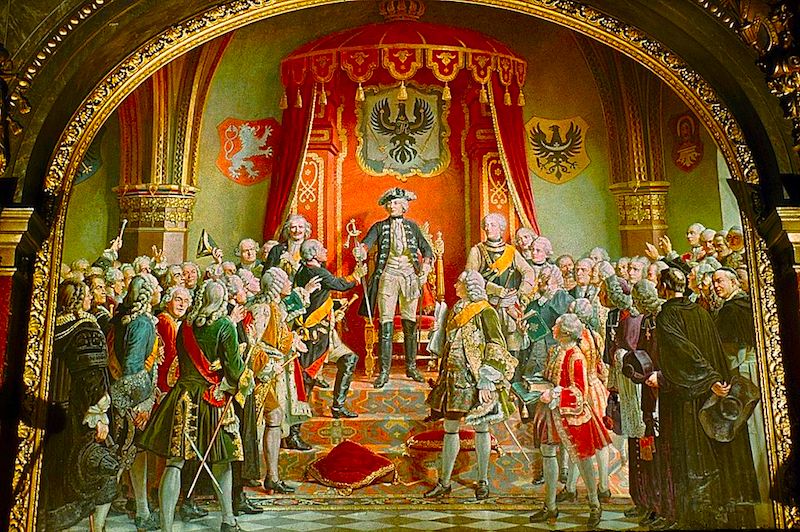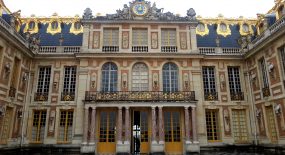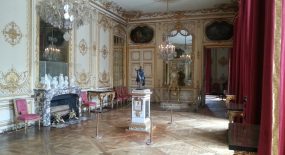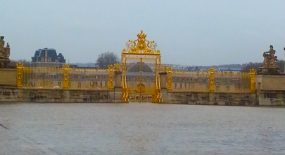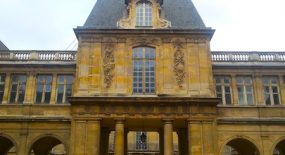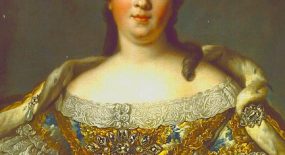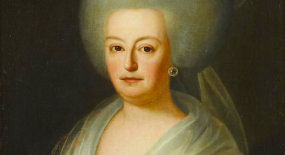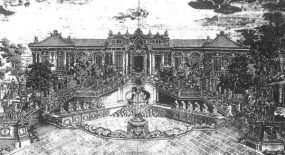Birth of a Future Duchess of Parma on 14 August, 1727
It was on this day 292 years ago that Louise-Elisabeth of France was born to Louis XV and his consort, Marie Leczinska. Ten minutes after she appeared, her twin Henriette emerged.
The two infants were the eldest of seven surviving daughters and one son, and were dubbed Madame Première and Madame Seconde. Louise-Elisabeth was her father’s favourite. He called her ‘Babette.’ Her witty remarks could always make him laugh. Nonetheless, her arranged an early marriage for her. She would be the only one of the sisterhood to marry.
Louise-Elisabeth was married to one of her Spanish Bourbon cousins, the Infante Felipe, in 1739, when she was just 12 years old. The Infante was a younger son of King Felipe V, himself a grandson of Louis XIV, by his second wife, Isabel Farnese. Isabel was the heiress of the Farnese dukes of Parma, but the duchy had been conquered by the Austrians during the War of the Spanish Succession (1702-1713). Her claim passed to Felipe’s elder brother Carlos, who won the duchy back from the Austrians during the War of the Polish Succession (1733-1736), only to exchange it (understandably) for the Kingdom of Naples.
The new Infanta, stagnating in the dull court of Madrid, where she and her husband were minor figures outranked by Felipe’s older brothers and their wives, determined to secure Parma. Her biggest asset was of course her father’s support. She embarked on a letter-writing campaign to enlist it. After the next round of warfare, namely the War of the Austrian Succession (1740-1748), Louis XV saw to it that the duchy was assigned to the Infante Felipe at the Treaty of Aix-la-Chapelle.
The new duke and duchess triumphantly took possession of their duchy, or rather Felipe took possession of it while Louise Elisabeth journeyed to Versailles to thank her father for his support. She would now be known there as Madame de Parme. After a stay of 10 months, she finally made her way to Parma.
Once settled in her new capital, Louise-Elisabeth became bored. She made two further visits to Versailles, staying a year each time. The first was after the death of her twin Henriette, who succumbed to small pox in 1752. During the second visit, in 1759, Louise-Henriette herself contracted the disease and died on 6 December. She was buried next to her sister in the royal necropolis at St. Denis.
Louise-Elisabeth and Duke Felipe had 3 surviving children. The eldest, Isabel (1741-1763), married the future Holy Roman Emperor Joseph II, but died before his election. They had no children. The younger two were twins: Ferdinand (1751-1802) and Marie-Louise (1751-1819). It’s their descendants who have transmitted the blood of Louis XV to all the Catholic royal houses of Europe.
Further reading: https://en.wikipedia.org/wiki/Louise_Élisabeth_of_France .
Image: Louise-Elisabeth of France, Duchess of Parma, by an unknown artist after Nattier. Credit — WikiCommons.


